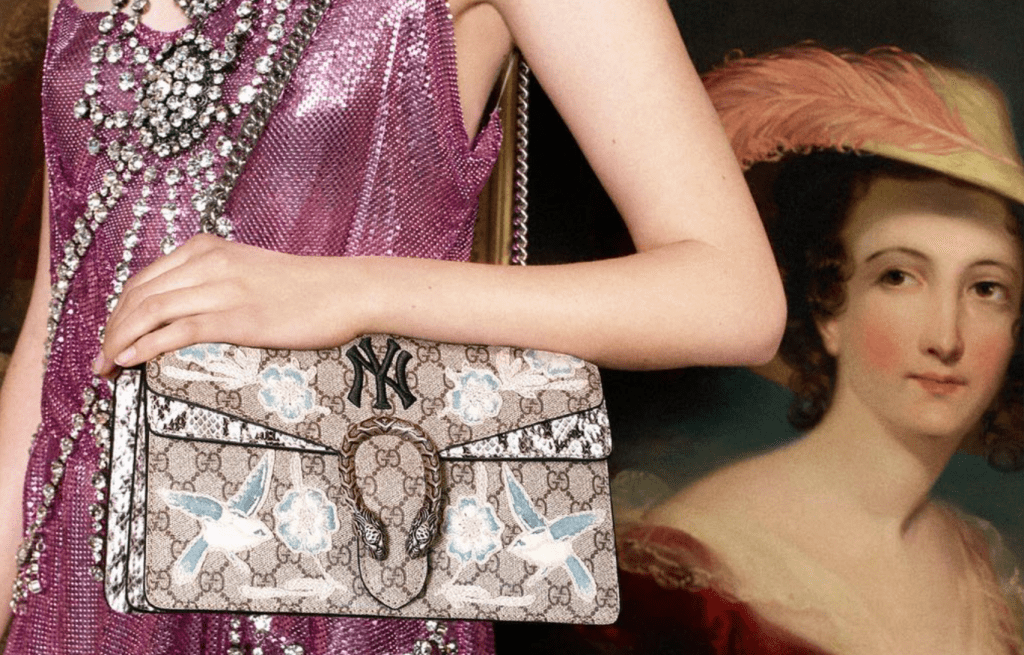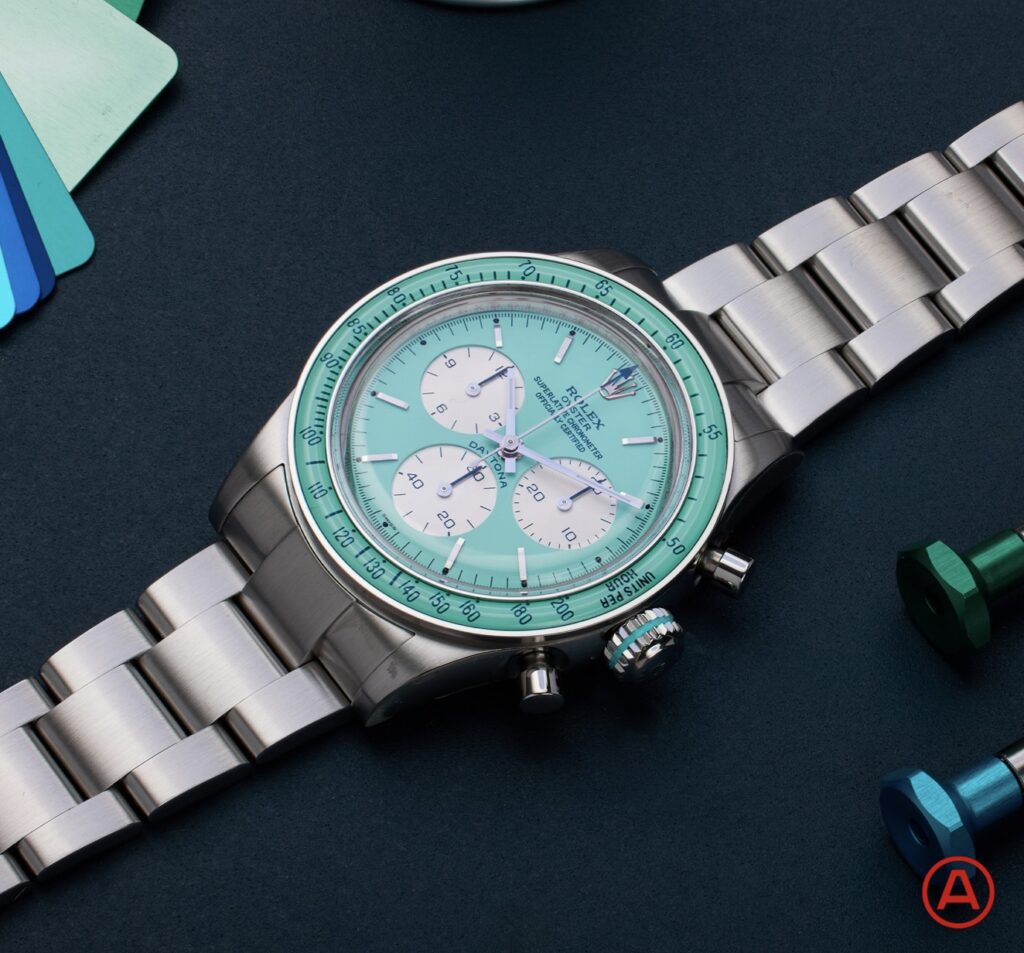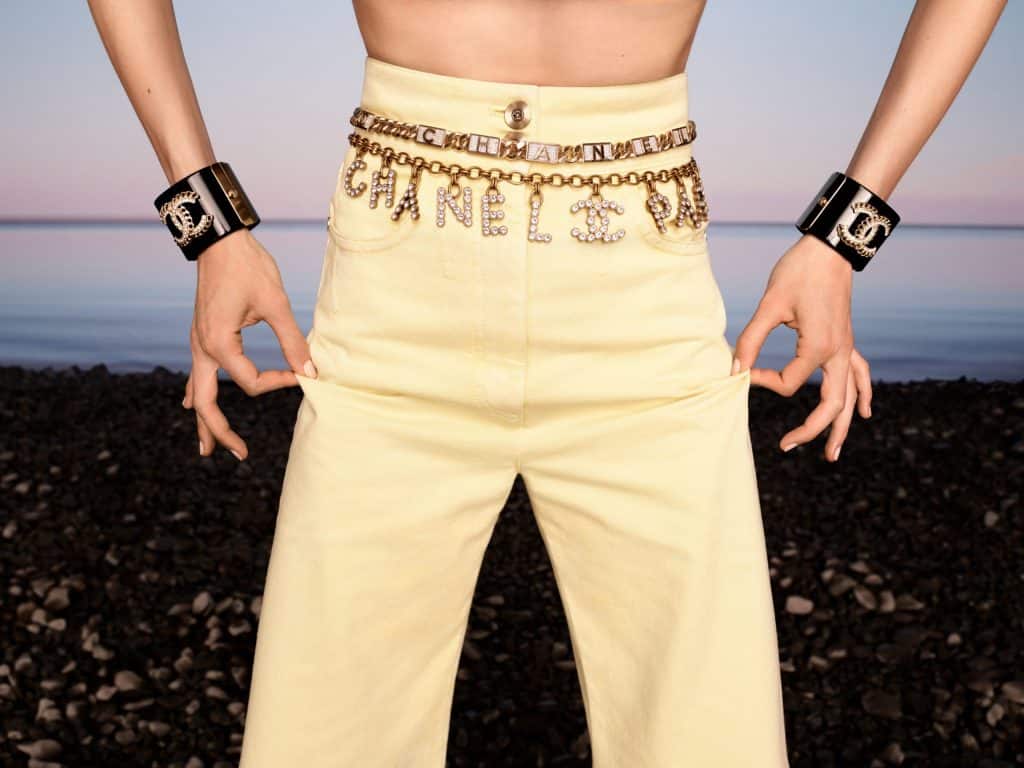For the past 6 years, Yoox Net-a-Porter and Kering have engaged in a powerful partnership. By way of a joint venture, the London-based luxury retail platform powered the individual e-commerce platforms for seven of Kering’s fashion brands, including Saint Laurent, Balenciaga, and Bottega Veneta, among others, with the exception being Kering’s marquee brand, Gucci, which remained separate.
According to Vogue, Kering initially enlisted YNAP’s services “to help power the online retail platforms for its labels during a time when it was still carving out a strategy.” With that in mind, the decision to bring its digital operations in-house is the “natural” next step for Kering as the industry’s key players are increasingly building up their own technology teams in an effort to maintain complete control over the branding, marketing, and sale of their products, as well as to enjoy full and unencumbered access to valuable information, such as client data.
The conclusion of the YNAP Kering joint venture – which is expected to formally wind down in the first half of 2020 but will see Kering to continue to stock its brands on Net-a-Porter even after developing its own websites for the individual brands – comes a year after Kering appointed eBay veteran Grégory Boutté as its Chief Client & Digital Officer, a role in which he will “lead the Group’s digital transformation and drive the development of e-commerce, [client relationship management], and data management.”
Meanwhile, Kering’s closest rival, LVMH, which plays parent to Louis Vuitton, Dior, Celine, and Givenchy, among a long list of other brands, has been beefing up its digital presence. The Paris-based conglomerate launched its own multi-brand website, 24 Sevres, last year under the watch of Ian Rogers, the former Apple executive who joined LVMH as its chief digital officer in 2015. Beyond 24 Sevres, LVMH developed – and maintains – websites for its many brands on an internal basis.
The move in-house of digital operations coincides with a larger trend amongst the industry’s biggest names to become as self-reliant as possible. Over the past decade, in particular, fashion’s most esteemed luxury names – such as Chanel and Hermès, as well as Kering and LVMH – have been busy buying up different aspects of their supply chains in part to ensure a sustainable supply of raw materials, whether it be crocodile skins in the case of Hermès or tulle and lace for Chanel.
Moreover, many brands are taking on formerly outsourced manufacturing. Burberry, for instance, announced this spring that it will bring a team of around 100 leather goods specialists in-house as part of the deal agreed with CF&P, one of its longstanding Italian leather suppliers in a move to “boost its handbag business and to take its brand more upmarket” with the help of former Celine CEO Marco Gobbetti and new creative director Riccardo Tisci, who comes by way of Givenchy.
As Reuters aptly noted at the time, “Luxury goods firms tend to make the largest chunk of revenues from high-margin leather accessories [as opposed to garments], and many seek where possible to cut out the middle-man, giving them more control over costs and turnaround times.”
In another attempt to exert control from the raw material to the shop shelf, no shortage of luxury names have looked to licensed goods. Despite the time-tested reliance on licensing by many established brands – LVMH’s Celine and Louis Vuitton eyewear is made by Italian eyewear giant Marcolin, for instance, while eyewear behemoth Luxottica produces LVMH-owned Bulgari’s eyewear, a shift has been underway. Brands are reining in their networks of licensing deals.
This has seen at least a few big-name brands take back control over traditionally licensed categories, such as eyewear and fragrance, which with their more affordable price tags serve to sig boost brands’ revenue figures. For instance, during the 1990’s, Christian Dior worked overtime to get a handle on its extensive web of licensing deals. Under the watch of former CEO Sidney Toledano, Dior reduced its outstanding licenses from 300 to just a few. Kering-owned “Yves Saint Laurent, which used to have more than 160 licenses around the world, spent much of the past decade buying them back,” per Reuters. As of 2012, it had just two: one with Safilo for eyewear, and another with L’Oreal for perfumes and cosmetics.
Gucci followed suit, announcing in 2014 that it would put an end to its license agreement with eyewear maker Safilo and bring its $460 million eyewear business in-house.
These are all examples of brands fashioning ways to better control the images of their brands, one of the foremost – if not exclusively the foremost – concerns in luxury.














